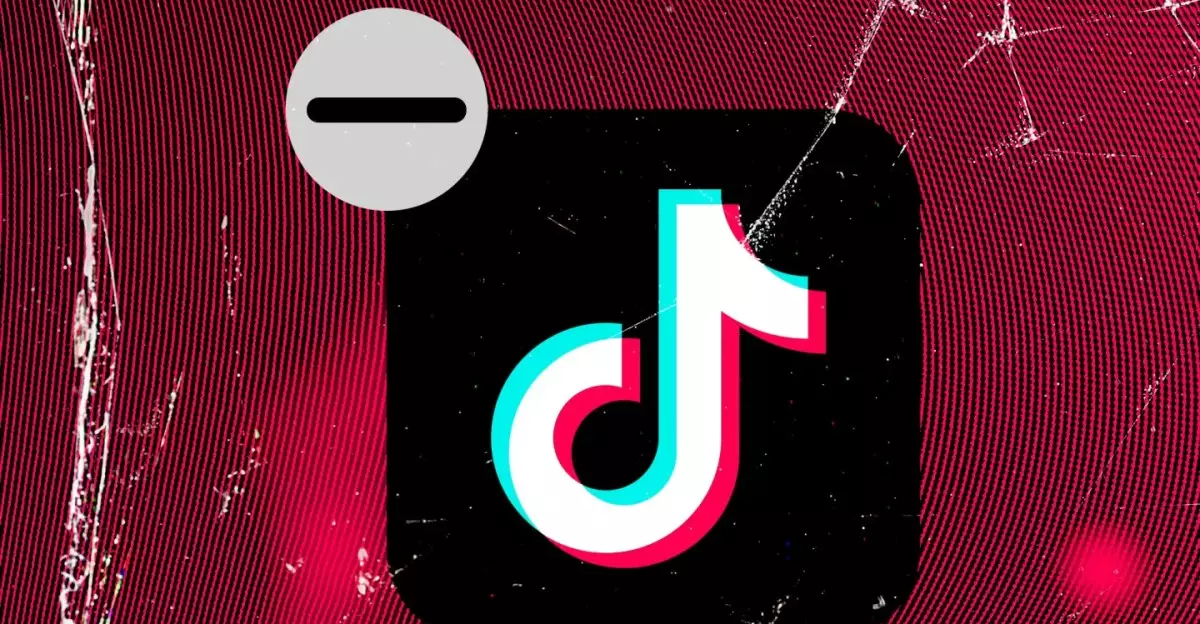Initially, TikTok’s presence in the United States was marred by controversy stemming from its parent company, ByteDance, which faced scrutiny over data privacy issues and national security concerns. In January, amid escalating tensions regarding these issues, Apple and Google made the controversial decision to remove TikTok from their app stores. This removal occurred in response to a legal environment that increasingly targeted apps owned by the Chinese technology giant. Lawmakers expressed fears that user data might be compromised, leading to a pervasive sentiment that the app posed risks to American users. The ban left TikTok’s millions of users seeking alternatives, as content creators faced disruptions in their platforms.
Fast forward to recent weeks, TikTok has made a remarkable comeback to the App Store and Google Play, marking a significant change in the business landscape for mobile applications. In an intriguing turn of events, US Attorney General Pam Bondi reassured Apple and Google that they would not incur penalties for reinstating TikTok. This reassurance was pivotal, as it effectively lifted the cloud of potential lawsuits that loomed over the tech giants, allowing them to navigate the legal framework with greater confidence. Bloomberg was among the first outlets to report on this development, signaling that the regulatory environment may be shifting in favor of digital platforms seeking to operate without hindrance.
Political machinations surrounding TikTok have also played a critical role in its reinstatement. Reports indicate that former President Trump has tasked Vice President JD Vance with leading negotiations for a possible sale of TikTok to an American company. This involvement highlights the pervasive influence that politics continues to exert over technology, underscoring the notion that national security and economic interests are tightly interwoven in the digital age. The idea of relocating TikTok’s ownership to a domestic entity could alleviate some of the fears tied to its Chinese ownership, but it remains to be seen how this will unfold.
The restoration of TikTok may provide relief to its vast user base, which had been presented with the prospect of losing access to a beloved platform. For content creators and influencers reliant on TikTok, the return offers continuity and the potential for income generation once more. Developers who may have shifted their focus to competing applications can also take heart, knowing that TikTok’s resurgence could stimulate more innovation in social media as competitors race to offer compelling features and user experiences.
TikTok’s return to the digital marketplace exemplifies the dynamic interplay between technology, policy, and user demand. As the app finds its footing once again, debates about regulation and ownership will likely persist, illuminating the ongoing challenges that tech companies face in navigating global operations amidst ever-evolving political landscapes. The future of TikTok and similar applications will undeniably be shaped by these complex interactions, as users, businesses, and legislators work to strike a balance between innovation, privacy, and national security.


Leave a Reply